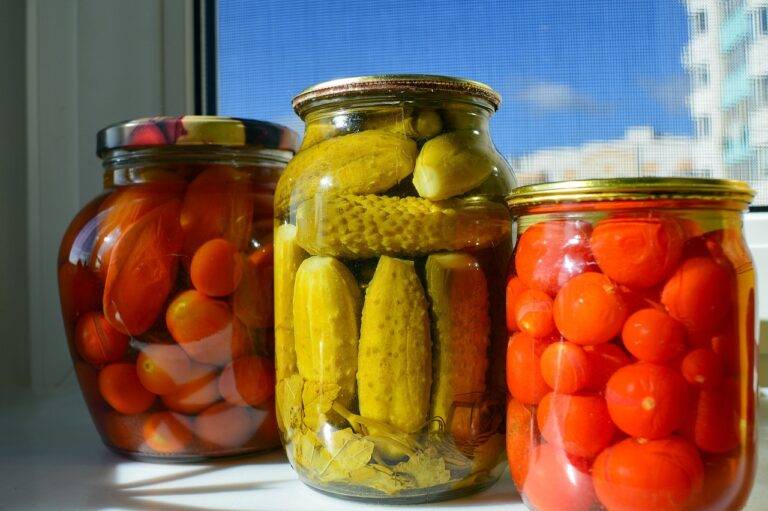Fermentation: A Timeless Technique for Flavor Enhancement
Fermentation is a metabolic process that involves the conversion of sugars into alcohol, gases, or organic acids by the action of microorganisms such as yeast or bacteria. This biochemical process occurs in the absence of oxygen and is used in various food and beverage production methods, such as making bread, wine, yogurt, and beer.
During fermentation, microorganisms break down the sugars present in a substrate into simpler compounds, releasing energy in the form of adenosine triphosphate (ATP). This ATP is essential for the microbial cells’ growth and reproduction, leading to the production of different end products depending on the type of microorganism involved and the environmental conditions present during the fermentation process.
History of fermentation: a brief overview
Fermentation, a process that dates back thousands of years, has played a crucial role in the evolution of human civilization. The earliest evidence of fermentation traces back to ancient civilizations such as the Babylonians, Egyptians, and Chinese, who used this natural phenomenon to produce bread, beer, and wine. These early societies discovered that fermentation could not only preserve food but also enhance its taste and nutritional value.
As civilizations progressed, fermentation techniques became more advanced and widespread. In the Middle Ages, monasteries played a significant role in advancing the art of fermentation, particularly in the production of beer and cheese. The knowledge and practices developed by these monks were carefully guarded and passed down through generations, contributing to the rich history of fermentation as we know it today. Throughout history, fermentation has continued to be a vital process in the production of a wide range of foods and beverages, shaping culinary traditions across the globe.
What is fermentation?
Fermentation is a metabolic process that converts sugars into acids, gases, or alcohol.
How does fermentation work?
During fermentation, microorganisms such as yeast and bacteria break down sugars to produce energy in the absence of oxygen. This process results in the production of various byproducts such as alcohol, lactic acid, and carbon dioxide.
What are some common examples of fermented foods?
Some common examples of fermented foods include yogurt, cheese, sauerkraut, kimchi, beer, wine, and sourdough bread.
How does fermentation contribute to food preservation?
Fermentation helps to preserve food by creating an acidic environment that inhibits the growth of harmful bacteria. The byproducts of fermentation, such as lactic acid and alcohol, also act as natural preservatives.
What is the historical significance of fermentation?
Fermentation has played a crucial role in human history, as it has been used for thousands of years to preserve food, enhance flavor, and produce alcoholic beverages. It is believed that early humans discovered fermentation by accident when fruits or grains left out in the open began to ferment spontaneously.





